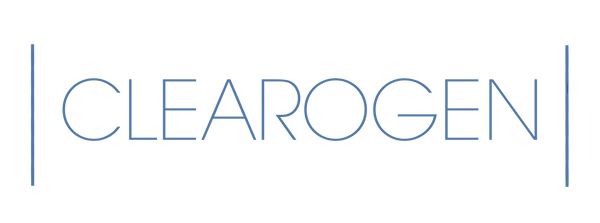Your Go-To Guide on Acne Types
Share
 Photo courtesy of Prevention.com
Photo courtesy of Prevention.comLots of people suffer from acne, but not all acne is the same, there are a variety of acne types. Your sister might be plagued with blackheads, while you get bright red bumps that sometimes contain pus. We’re here to tell about the different types of pimples, what causes them and what can you do about it.
Papules
These are the most common, the red pimples you see most people suffer from. They occur when sebaceous (a.k.a oil) glands get clogged with dirt and bacteria and infection occurs.
Blackheads
These small black spots are commonly known as acne vulgaris and look like little black specs of dirt but actually get their color from skin’s pigments reacting with air. They occur when the pores are partially clogged.
Whiteheads
These small, hard, white bumps happen when a pore is completely blocked, versus the partially blocked pores that result in a blackhead. The good news is they heal faster than other types of acne.
Pustules
One of the most visible, pustules are actually cysts that appear large, red and inflamed and have white center filled with pus. No matter how tempted, do not pop these or you risk scarring.
Cystic acne
This is a type of acne vulgaris but more severe. These bumps are also filled with pus but are larger than other types of acne and incredibly painful. This is one of the most difficult types to treat.
Nodules
Nodules are hard bumps beneath the surface of the skin. They are also difficult to get rid of and are painful. Because they are under the skin, these bumps tend to stay put for long periods of time and recur frequently. Make sure to talk to your dermatologist if you have nodules.
The good news is, no matter what type of acne you suffer from, there are products out there that can help you get clear skin. Treat the problem with clinically proven solution, Clearogen, and you’ll start seeing clearer skin in as little as 30 days.
Clearogen works because it blocks DHT (dihydrotestosterone) is a byproduct of testosterone. DHT stimulates the oil glands to produce excessive oil, which leads to clogged pores and oily skin and creates the perfect environment for bacteria to settle in and form the skin inflammation that we know as an acne breakout.
Try Clearogen’s three-step acne treatment, which includes a foaming cleanser, clarifying toner and acne lotion, today and take control of your acne.
- Team Clearogen
Sources:
http://skincare.allwomenstalk.com/different-kinds-of-blemishes-to-beware-of
https://www.aad.org/dermatology-a-to-z/for-kids/about-skin/acne-pimples-and-zits/different-kinds-of-pimples
http://www.clearogen.com/
